… were given to an ever shrinking audience. This is IP-SoC paradox: audience has enjoyed very good presentations made by TSMC (for the first time at IP-SoC, as far as I remember), SMIC, D&R, Gartner or ST-Microelectronic, to name just a few. The event is well organized, on the morning you can listen to keynotes in the largest … Read More
 Intel to Compete with Broadcom and Marvell in the Lucrative ASIC BusinessThe second chapter of our book “Fabless: The…Read More
Intel to Compete with Broadcom and Marvell in the Lucrative ASIC BusinessThe second chapter of our book “Fabless: The…Read More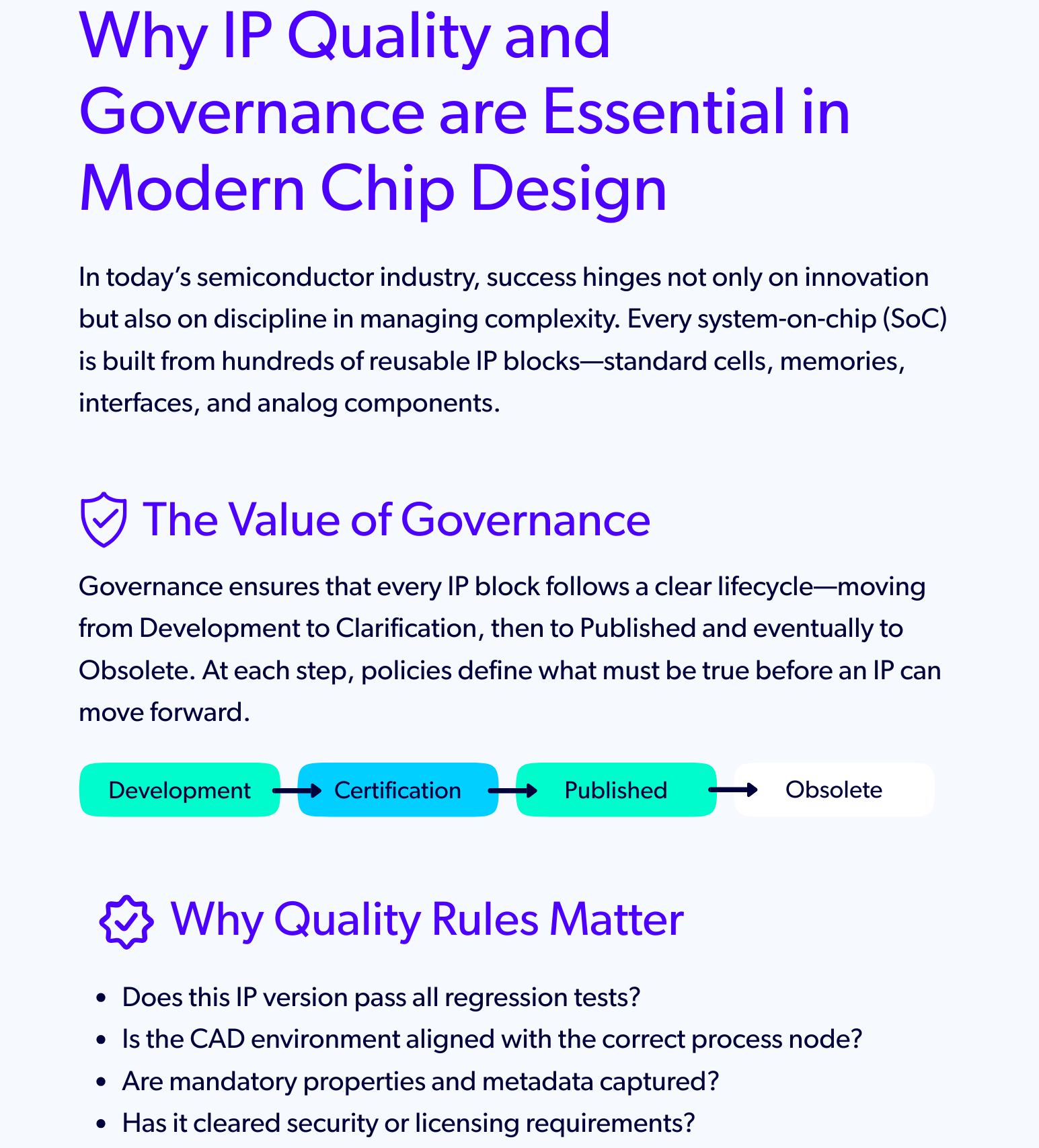 Why IP Quality and Governance Are Essential in Modern Chip DesignBy Kamal Khan In today’s semiconductor industry, success…Read More
Why IP Quality and Governance Are Essential in Modern Chip DesignBy Kamal Khan In today’s semiconductor industry, success…Read More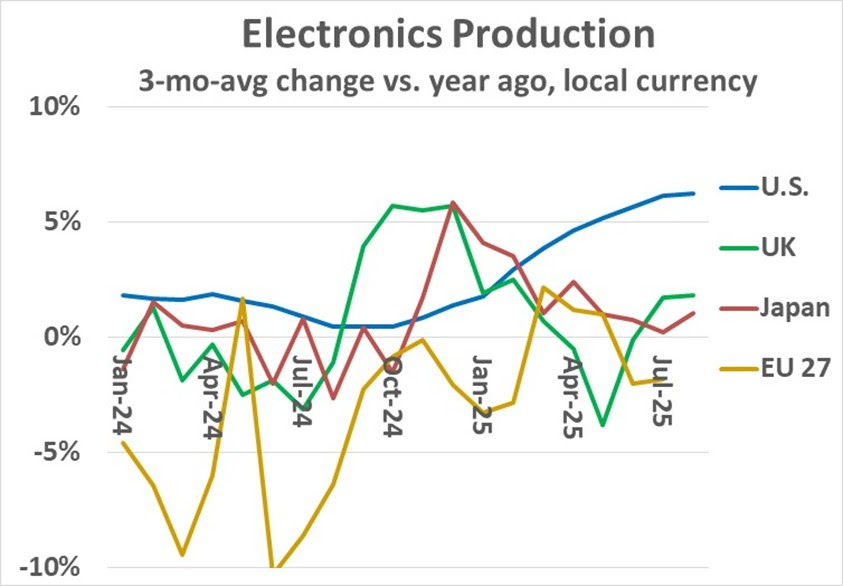 U.S. Electronics Production GrowingU.S. electronics production has been on an accelerating…Read More
U.S. Electronics Production GrowingU.S. electronics production has been on an accelerating…Read More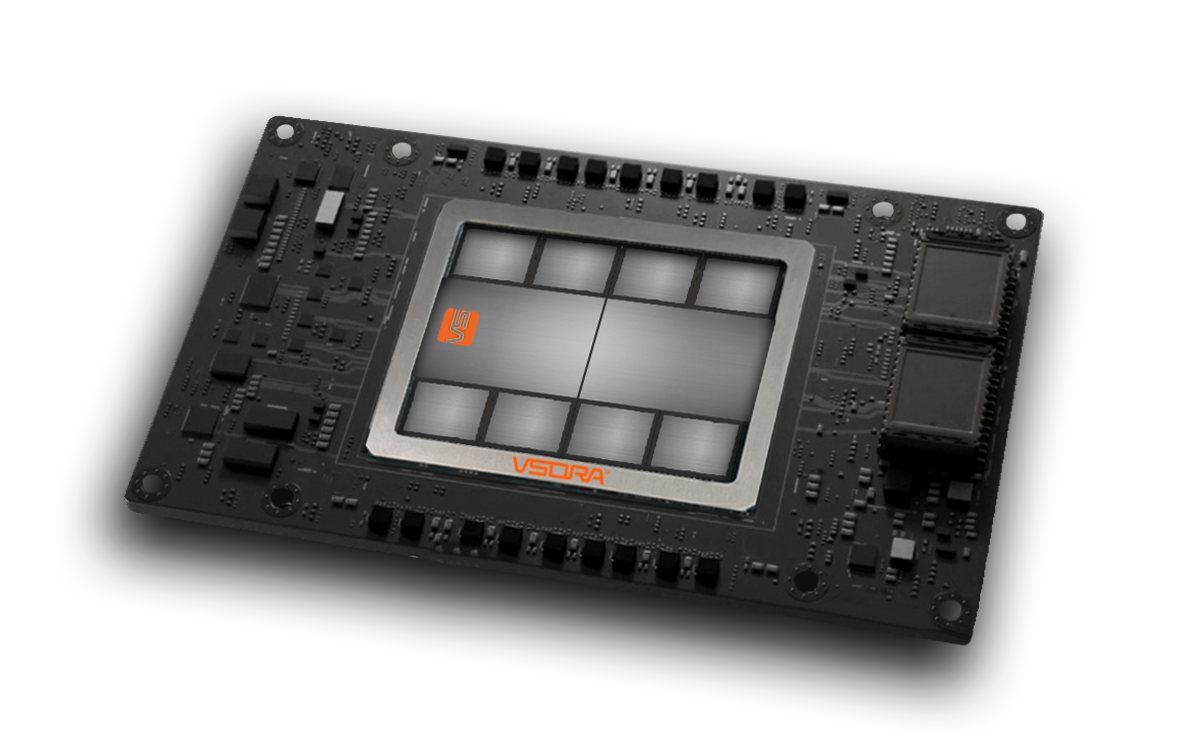 Inference Acceleration from the Ground UpVSORA, a pioneering high-tech company, has engineered a…Read More
Inference Acceleration from the Ground UpVSORA, a pioneering high-tech company, has engineered a…Read MoreCan Intel Catch Samsung? Can Anybody Catch Samsung?
As a professional conference attendee I see a lot of keynotes, some good and some bad. I saw a great one from Kurt Shuler at the SEMICO IP Impact Conference last week. Why this conference was not standing room only I do not know. Kurt’s characterization of the semiconductor industry was well worth the price of admission. I didn’t actually… Read More
Running Multiple Operating Systems: Hypervisors
How do you run multiple operating systems on the same processor? You use virtualization and you run a hypervisor underneath all the so-called “guest” operating systems. So what is virtualization?
Virtualization started with VM/370 developed in 1972 at IBM (the current version is still in use). Here is how it works.… Read More
Debugging Complex Embedded System – How Easy?
In today’s world of semiconductor design with SoCs having complex IPs, hardware and software working together on a single chip, it’s hard to imagine a system without embedded software into it. But it is easy to guess how difficult it would be to test that hardware and software embedded system. And often there is limited window of … Read More
Data Management in Russia
Milandr is a company based in Moscow that makes high reliability semiconductor components for the aerospace, automotive and consumer markets, primarily in Russia. They work with multiple foundries, including X-FAB and TSMC in technologies from 1um down to 65nm. Corporate headquarter and main IC design house is located in Russian… Read More
Xilinx and TSMC: Volume Production of 3D Parts
A couple of weeks ago, Xilinx and TSMC announced the production release of the Virtex-7 HT family, the industry’s first heterogeneous 3D ICs in production. With this milestone, all Xilinx 28nm 3D IC families are now in volume production. These 28nm devices were developed on TSMC’s Chip-on-Wafer-on-Substrate (CoWoS)… Read More
TSMC on Semiconductor IP Quality
It is important to note that the System On Chip (SoC) revolution that is currently driving mobile electronics has one very important enabling technology and that is Semiconductor Intellectual Property. Where would we be without the commercial IP market segment? Computers and phones would still be on our desks for one thing, and… Read More
Start With The End In Mind – For Complete & Fast Success!
There is always a rush to converge a semiconductor design toward faster closure, amid increasing divergent trends of multiple IPs and high complexities of various functionalities on a single chip. Every design house struggles hard to evolve its customized design flows with several short paths patched up to fix issues, global… Read More
Dassault Patent on Hierarchy Management
Dassault have recently been granted a patent on their approach to managing design hierarchy. I asked them how long it took from filing the patent until it was granted and they said the whole process had taken 8 years. It is a bit of an indictment of the patent system when it takes 8 years, also known as 4 or 5 process nodes, for a patent to… Read More
Can Intel Compete in the IoT?
Kevin Ashton, a British technology pioneer, is credited for the term “The Internet of Things” to describe an ecosystem where the Internet is connected to the physical world via ubiquitous sensors. Simply stated: rather than humans creating content for the internet IoT devices create the content. To be clear, this… Read More



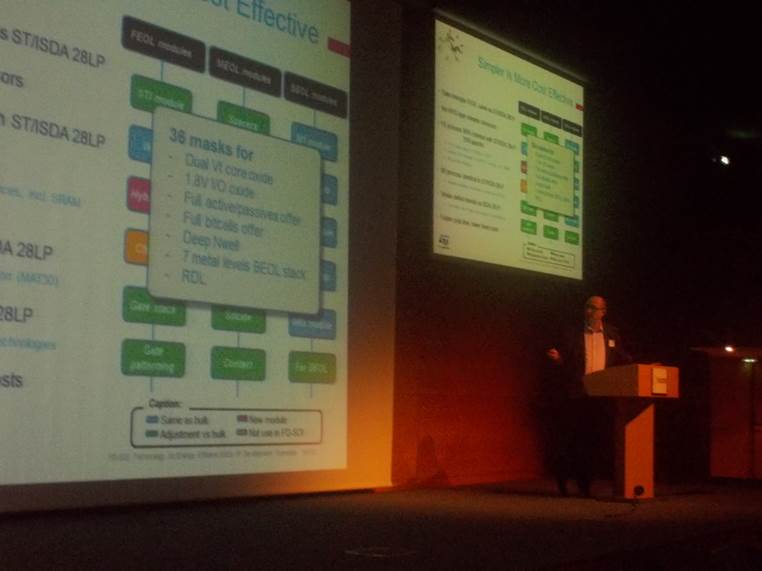


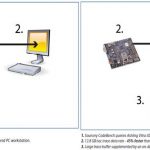

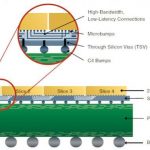
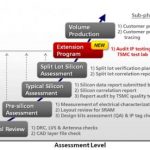



PDF Solutions Charts a Course for the Future at Its User Conference and Analyst Day